2005 GM Sequel Concept
- Story Cars
.png/v1/fill/w_320,h_320/file.jpg)
- 11 hours ago
- 2 min read
The 2005 GM Sequel Concept was a fuel-cell powered SUV designed to showcase the future of hydrogen-powered vehicles. First unveiled at the North American International Auto Show, it was part of GM's efforts to push forward the "hydrogen economy," with the company’s CEO at the time, Rick Wagoner, stating that it might take a decade before such technology could be ready for mass production. While the hydrogen economy remains a topic of debate, the Sequel was a bold step toward proving that hydrogen-powered vehicles could be a part of the future.
The Sequel was built on the same platform used in GM’s previous concepts such as the GM AUTOnomy and GM Hy-wire. These earlier models were experimental platforms that used a "skateboard" chassis, with electric motors and batteries powered by hydrogen fuel cells. The Sequel was a fully realized version of this platform, with a traditional five-seat SUV design, making it appear much more practical than its futuristic predecessors.
The heart of the Sequel was its hydrogen fuel cell system, which powered three electric motors. The fuel cell battery provided 73 kW, while the batteries offered a total 65 kW of power. These lithium-ion batteries were lighter and more efficient than older technologies. The vehicle’s design featured an all-wheel-drive setup, with one motor powering the front wheels and two smaller motors in the rear hubs.
One of the standout features of the Sequel was its ability to travel nearly 500 kilometers on a full tank of hydrogen, thanks to improved fuel cell efficiency and stronger hydrogen cylinders capable of handling twice the pressure of previous models. This allowed the Sequel to accelerate to 100 km/h in just over 9 seconds, showcasing both its practicality and performance.
The interior of the Sequel was quite innovative, with a dashboard that was noticeably lowered. The steering column was eliminated, with the car being controlled entirely by wires, a futuristic approach that allowed for more legroom. Although the Sequel used electric pedals (in contrast to traditional mechanical ones), the general layout of the interior felt familiar, with a few design tweaks aimed at enhancing comfort and functionality.
Although the GM Sequel was a concept and ultimately didn’t make it to production, it represented GM’s long-term vision of a hydrogen-powered future. Experts at the time predicted that hydrogen vehicles like the Sequel might take a decade or more to reach the market due to challenges like the high costs of hydrogen fuel cells and the infrastructure required to support them. But even though the Sequel didn’t become a production model, it was an important step in GM’s journey toward cleaner, more sustainable vehicles.












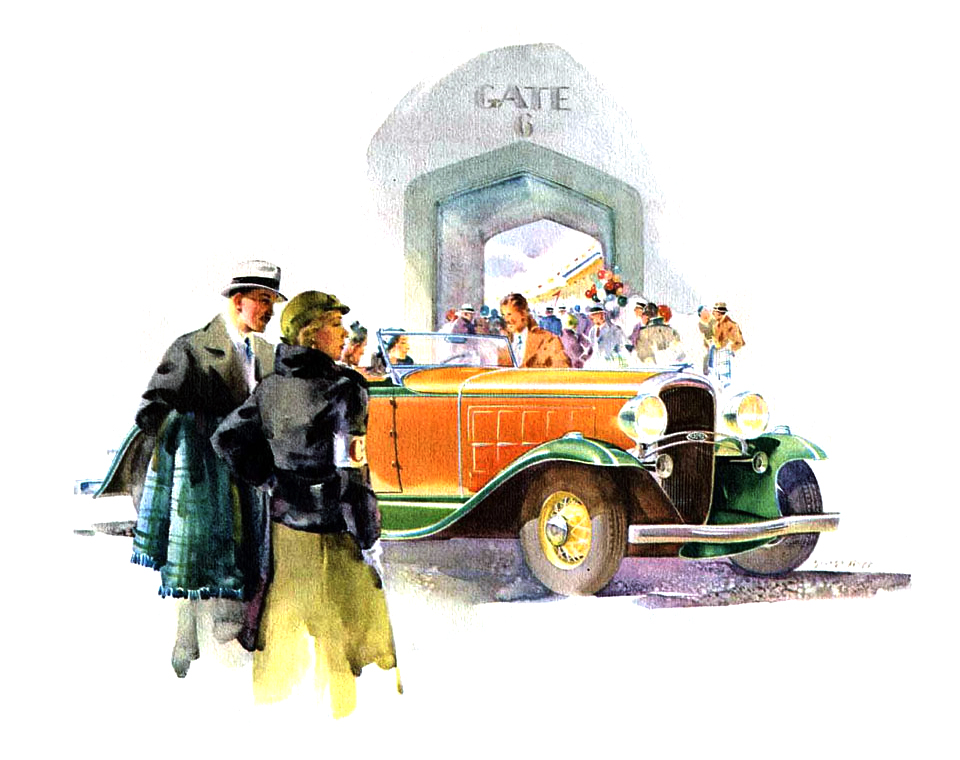
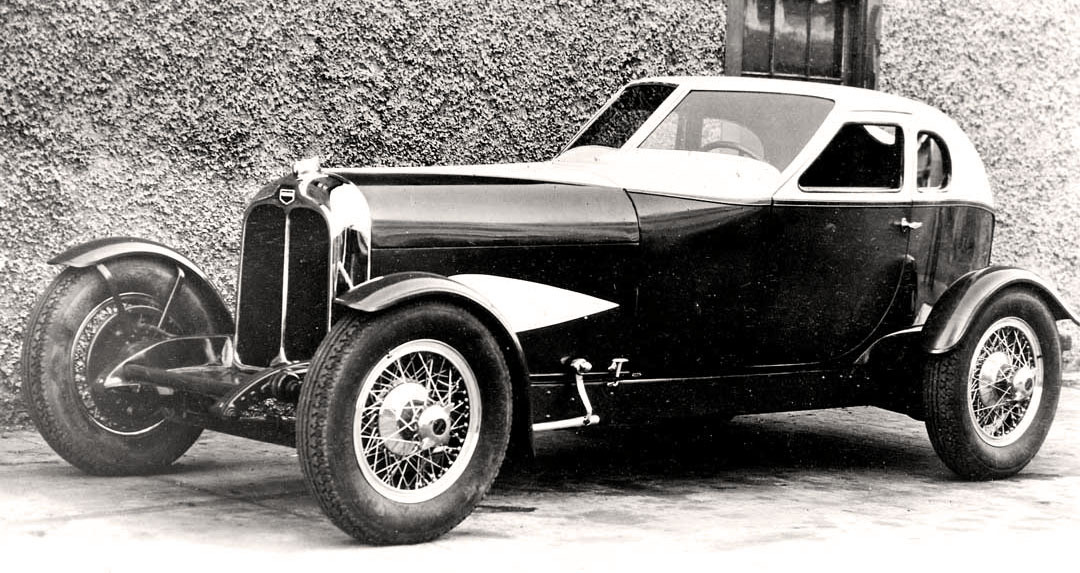







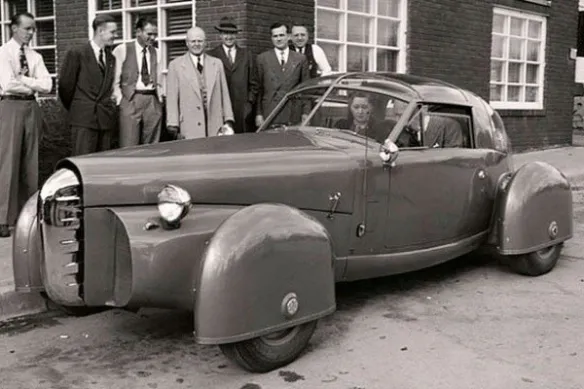



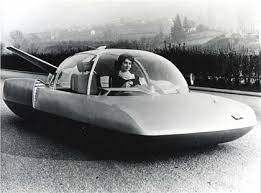

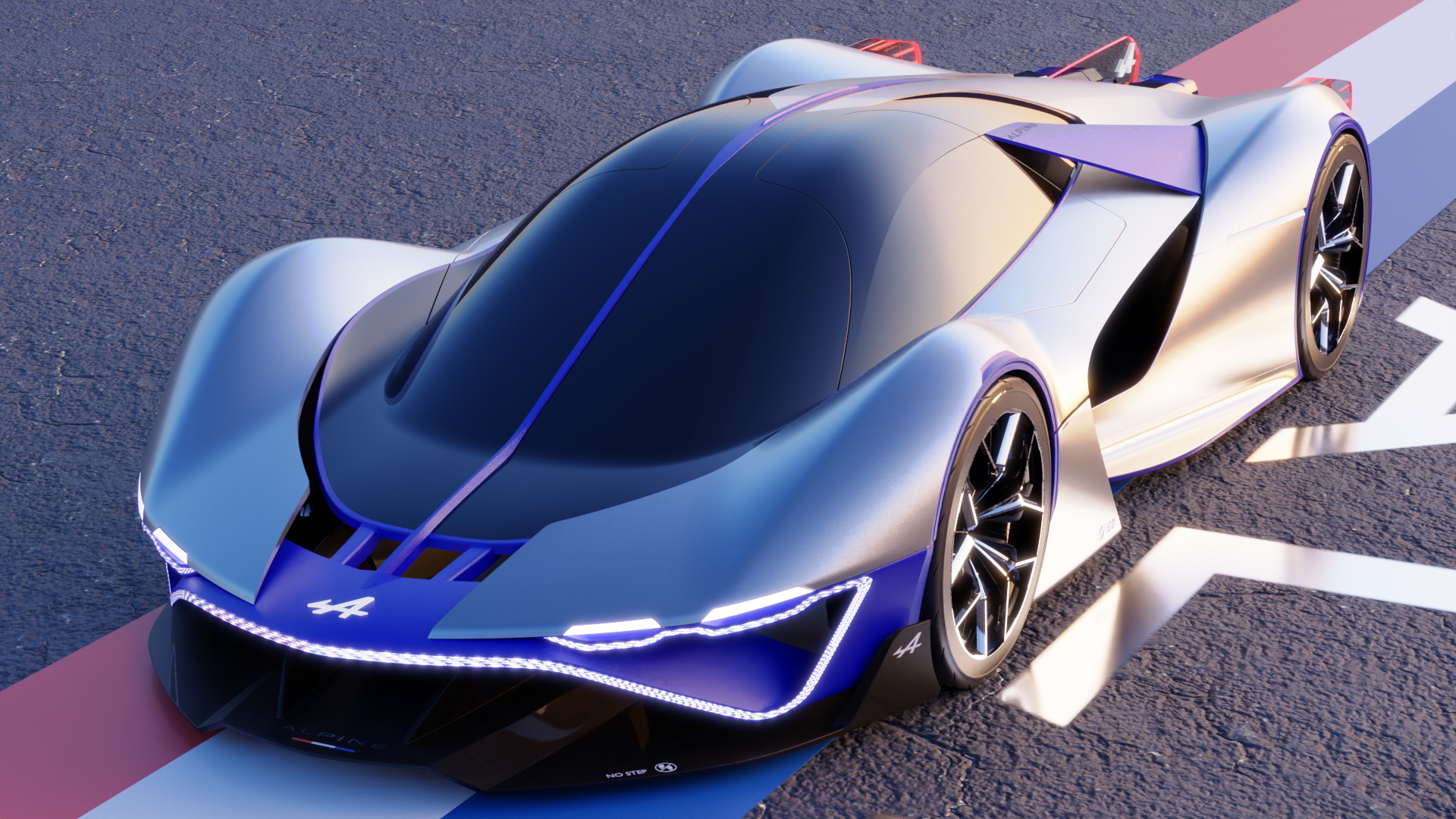
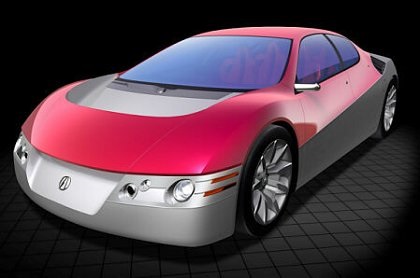

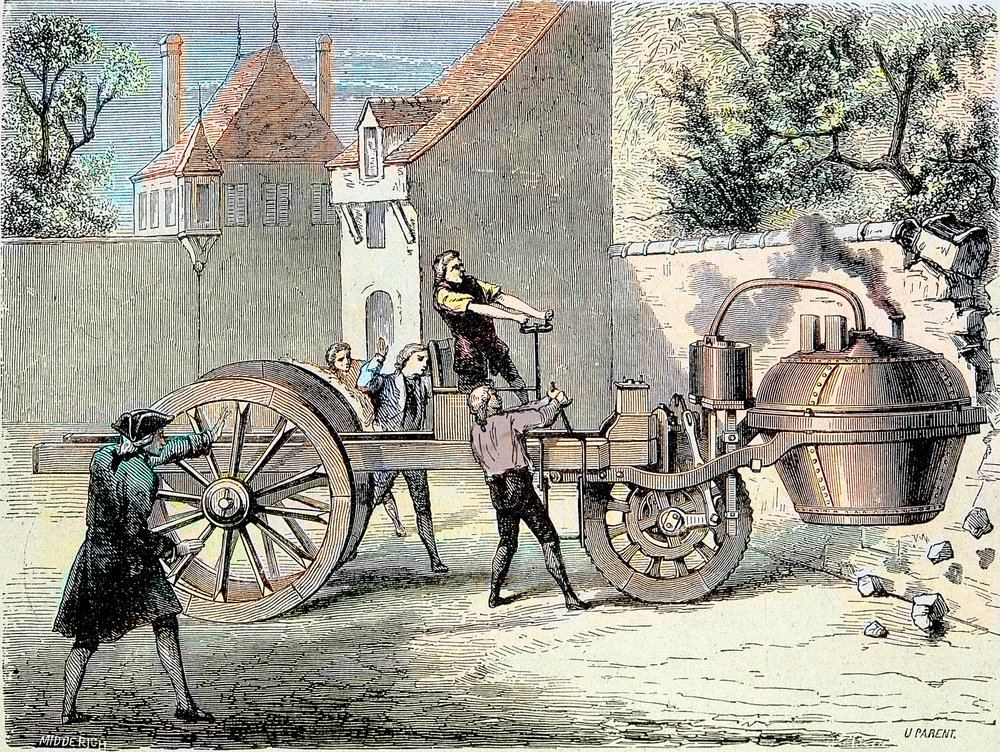
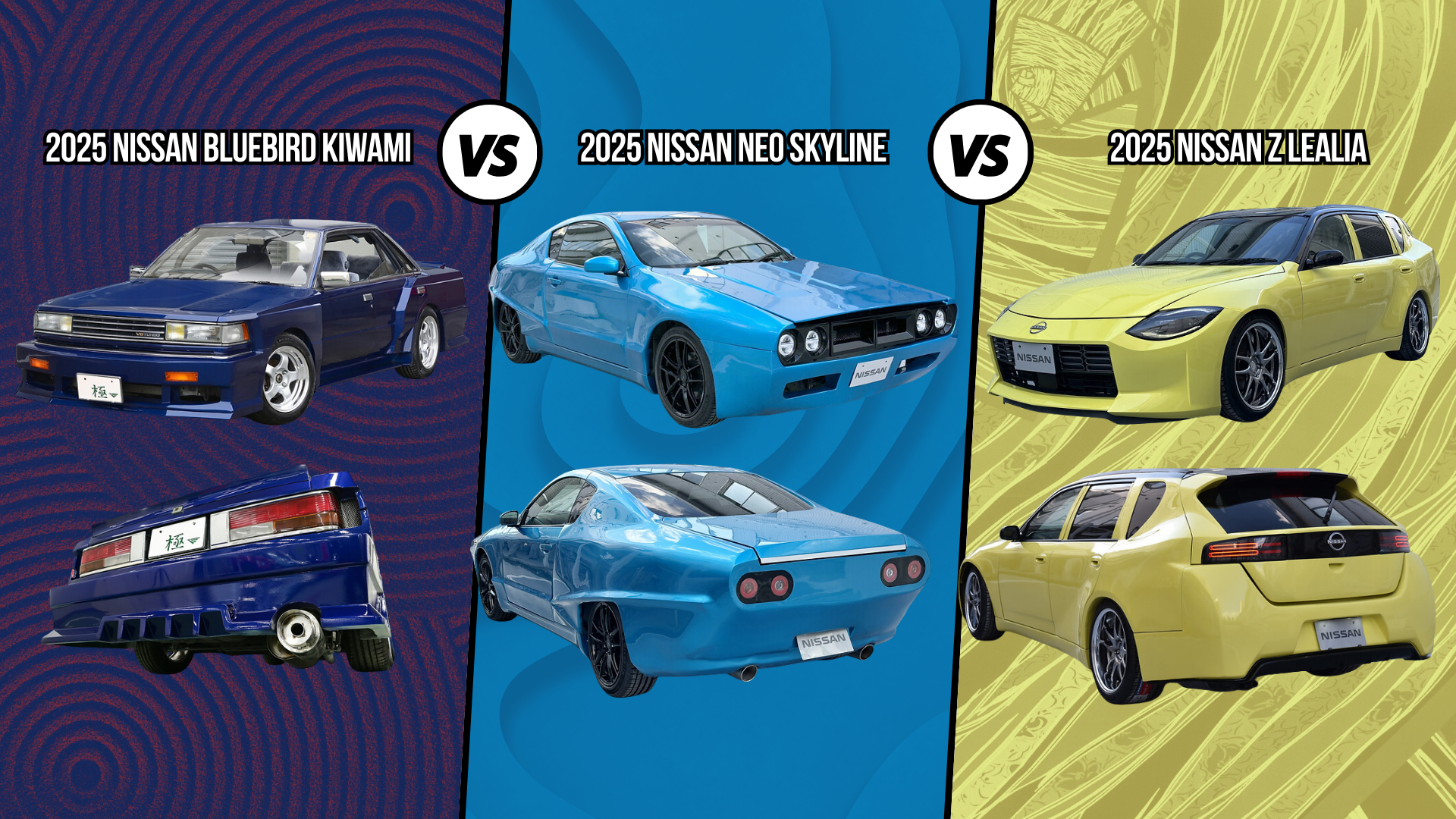
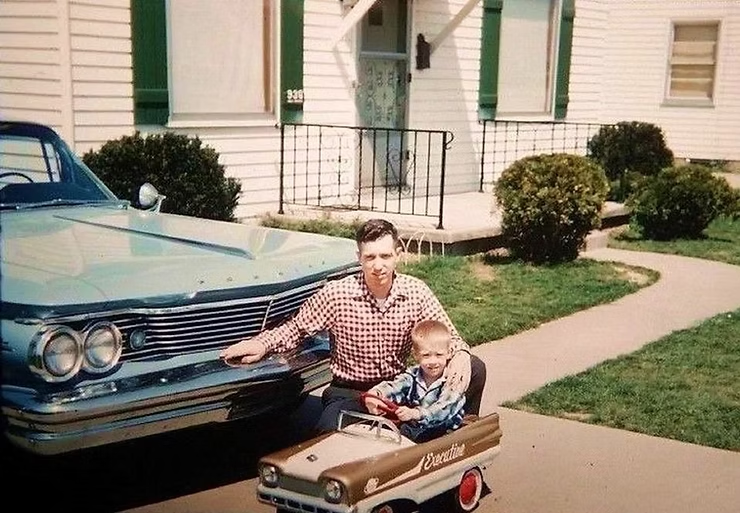
Comments